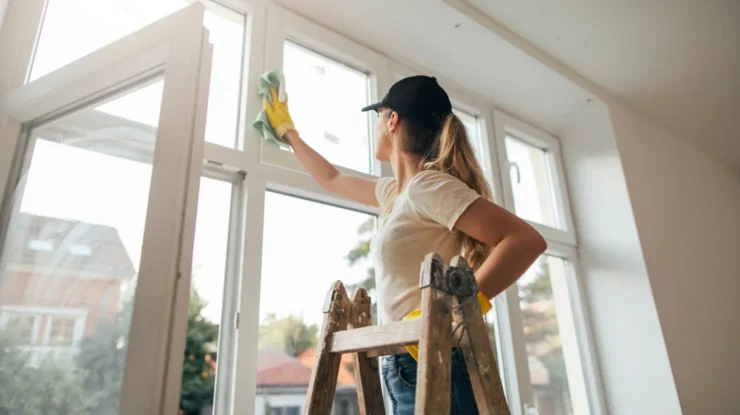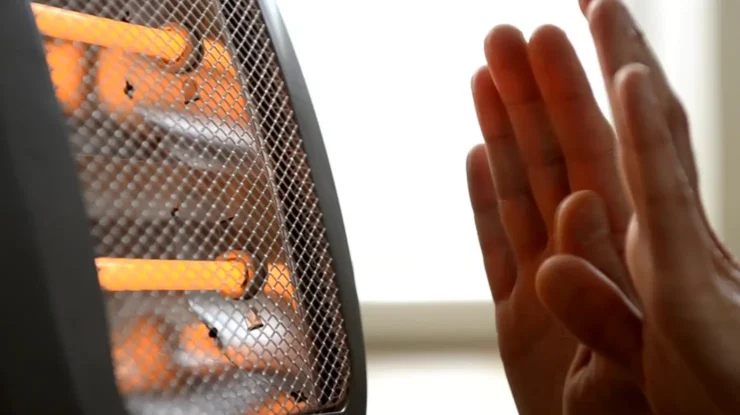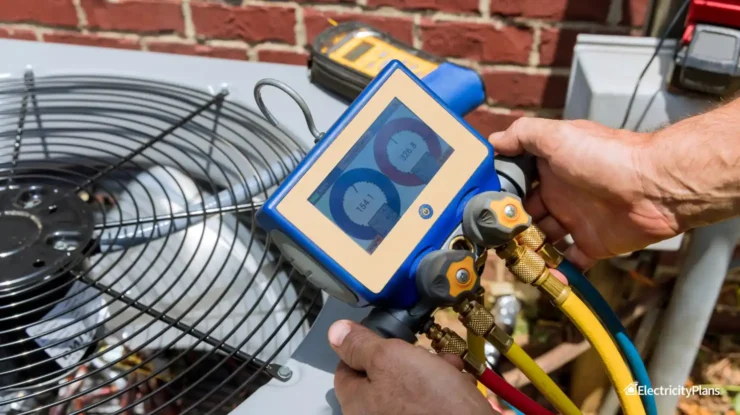What are the best thermostat settings for winter? The ideal thermostat setting keeps you warm but also doesn’t light up your electricity bill to get it done. In this article we’ll explore the best temperature settings for winter and provide an example thermostat schedule .
Key Takeaways
Keeping in mind both energy efficiency and comfort, the the best thermostat settings for winter are 68°F when you are home, 65-68°F when you sleep and and 55-60°F when you’re away.
Read More about What are the Best Thermostat Settings for Winter?









